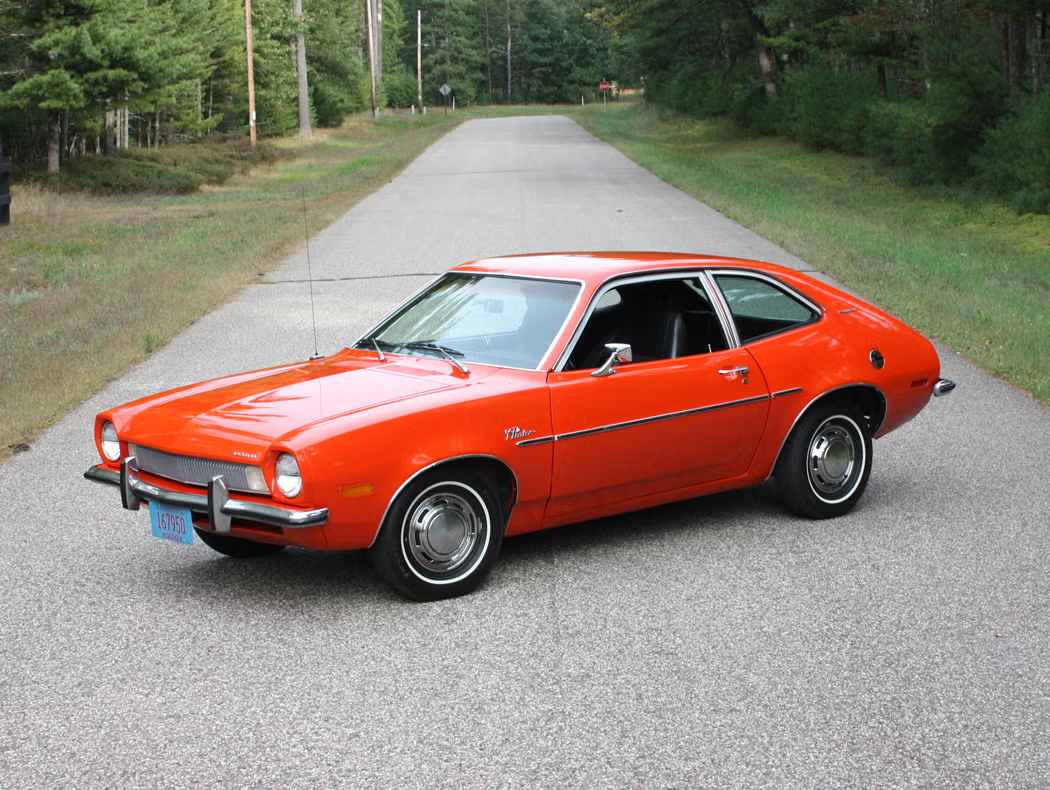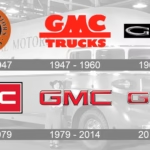
Dodge Charger GT Horsepower: Breakdown for Canadian Drivers

The Dodge Charger GT is a unique offering in the full-size sedan market—a bold, rear-wheel or all-wheel drive car that blends sporty appeal with real-world usability. One of the most asked questions by potential Canadian buyers is: “How much horsepower does the Dodge Charger GT have?” While the answer—300 horsepower—might seem straightforward, there’s much more to the story.
Limited Time Automotive Amazon DealsThis article explores the Charger GT’s power output, how it translates to on-road performance, its place within the Charger lineup, and how well it performs under Canadian driving conditions—from urban traffic to icy winter roads.
1. Charger GT Engine and Power Output
At the heart of the Dodge Charger GT is the 3.6-litre Pentastar V6 engine—a workhorse found in many Stellantis vehicles, including the Dodge Durango, Chrysler 300, and Jeep Grand Cherokee.
Key Performance Specs:
| Specification | Detail |
|---|---|
| Engine | 3.6L Pentastar V6 |
| Horsepower | 300 hp @ 6,350 rpm |
| Torque (RWD) | 264 lb-ft @ 4,800 rpm |
| Torque (AWD) | 262 lb-ft @ 4,800 rpm |
| Transmission | 8-speed TorqueFlite automatic |
| 0–100 km/h (approx.) | 6.4 seconds (RWD) / 6.6 seconds (AWD) |
| Fuel Type | Regular unleaded (87 octane) |
The GT trim takes the same 3.6L V6 used in the SXT trim and tunes it for additional performance. Through a performance intake, dual exhaust, and sport calibration, it produces 8 more horsepower than the base model.
2. Real-World Performance in Canada
Horsepower isn’t just a number on paper—it affects how the vehicle feels in real-world conditions. In Canada, where climate and road quality vary dramatically by region, the Charger GT’s powertrain is a practical performer.
Acceleration:
The Charger GT’s 0–100 km/h time is around 6.4 seconds for the RWD model, which is brisk for a V6-powered full-size sedan. With AWD, acceleration drops slightly to about 6.6 seconds due to increased weight and drivetrain resistance.
Overtaking & Highway Cruising:
Thanks to 300 hp and an 8-speed automatic transmission, the GT offers:
- Confident passing at highway speeds.
- Ample torque in the mid-range for merging and overtaking.
- Smooth, refined cruising on Canadian highways.
3. All-Wheel Drive: Built for Canadian Winters
One of the standout features of the Charger GT in Canada is the availability of AWD—a rare option for a non-luxury performance sedan.
AWD Benefits:
- Enhanced traction on snow and ice.
- Automatic engagement via front-axle disconnect (improves fuel economy when AWD isn’t needed).
- Improved stability on wet or slushy roads.
For Canadians in provinces like Ontario, Alberta, or Quebec, where harsh winter driving is the norm, AWD offers a substantial safety and performance benefit.
4. Fuel Efficiency vs. Horsepower
With 300 horsepower, you might expect poor fuel economy—but the Charger GT remains relatively efficient for its size and power, especially considering its AWD capability.
Fuel Economy (L/100km):
| Drivetrain | City | Highway | Combined |
|---|---|---|---|
| RWD | 12.4 | 7.8 | 10.3 |
| AWD | 12.8 | 8.7 | 11.0 |
It runs on regular unleaded fuel, offering a distinct advantage over V8-powered trims that often require mid-grade or premium fuel. With high gas prices in parts of Canada, this can result in meaningful long-term savings.
5. Charger GT vs. Other Trims
To better understand the GT’s horsepower, it helps to compare it with other trims in the Charger lineup.
| Trim | Engine | Horsepower | Torque (lb-ft) | Drivetrain |
|---|---|---|---|---|
| SXT | 3.6L V6 | 292 hp | 260 | RWD / AWD |
| GT | 3.6L V6 (tuned) | 300 hp | 264 (262 AWD) | RWD / AWD |
| R/T | 5.7L V8 | 370 hp | 395 | RWD |
| Scat Pack | 6.4L V8 | 485 hp | 475 | RWD |
| Hellcat | 6.2L Supercharged V8 | 717–807 hp | 650–707 | RWD / AWD |
The GT trim offers the best mix of horsepower, drivability, and winter readiness. It gives you a taste of performance without the expense or thirst of a V8.
6. Driving Experience
The Charger GT doesn’t just deliver raw numbers; it enhances the driver’s experience with:
- Sport-tuned suspension for sharper cornering.
- Performance hood and fascia for aggressive styling.
- Paddle shifters and sport mode for manual control.
- Performance exhaust with a more assertive V6 growl.
While it doesn’t roar like a Hellcat, the GT provides a satisfying, confident drive that’s more engaging than most midsize sedans on the road.
7. Insurance, Ownership & Maintenance Costs in Canada
In Canada, vehicles with higher horsepower typically attract higher insurance premiums. That makes the GT a smart compromise: it has noticeable performance, yet avoids the higher rates often associated with 400+ hp V8s.
Average Ownership Costs:
| Category | Charger GT |
|---|---|
| Insurance (ON/BC avg) | $1,800–$2,400 annually |
| Fuel (annual est.) | $2,300–$2,800 (depending on region) |
| Maintenance | Moderate; V6 parts widely available |
The Pentastar V6 is known for long-term reliability and affordable upkeep, unlike the more complex HEMI and Hellcat engines.
8. Who Should Buy the Charger GT?
The Charger GT is ideal for Canadians who want:
- Muscle-car styling with V6 efficiency.
- AWD performance for winter safety.
- A full-size car that’s engaging but not extreme.
- A sedan that can handle family duties and spirited weekend drives.
It competes with models like the Nissan Maxima (300 hp) and Toyota Camry XSE V6 (301 hp) but stands out with RWD/AWD versatility and bold styling.
9. Is 300 Horsepower Enough?
For the vast majority of drivers, 300 hp is more than enough. It enables:
- Confident acceleration.
- Easy highway passing.
- Respectable towing (up to 1,000 lbs, trailer with brakes).
Plus, the torque curve is tuned for drivability, not just peak numbers. For daily use, especially in Canadian driving conditions, the Charger GT is more than capable.
Conclusion
The Dodge Charger GT’s 300 horsepower offers a sweet spot between performance and practicality. It’s powerful enough to deliver fun, quick acceleration, yet refined and efficient enough for everyday use across Canada’s diverse terrain and climate.
With its AWD capability, bold muscle-car styling, and driver-focused upgrades, the GT trim stands out as a compelling option for Canadian drivers who want something more exciting than a standard sedan—but without the price tag and fuel appetite of a V8.
Whether you’re navigating the streets of Toronto, cruising the Trans-Canada Highway, or heading through a snowy Montreal suburb, the Charger GT delivers a confident, comfortable, and powerful driving experience—all with 300 horsepower under your right foot.
Add a comment Cancel reply
Categories
- Auto Detailing (1)
- Car News (2)
- Car Reviews (1)
- How To (1)
- Uncategorized (165)
Recent Posts
About us

Related posts


Peut-on vraiment se fier à la capacité de remorquage d’un véhicule?

What Does GMC Stand For? The Canadian Story Behind a Legendary Truck Brand








